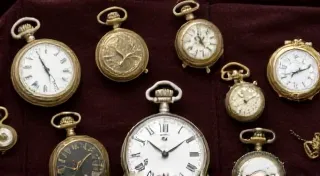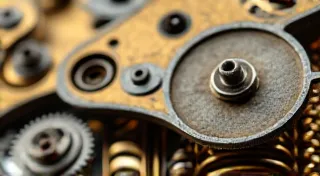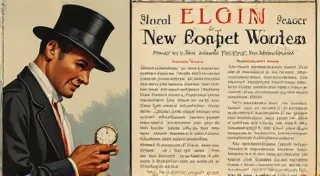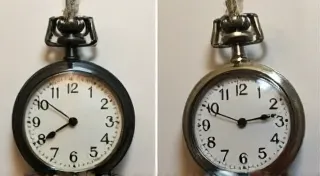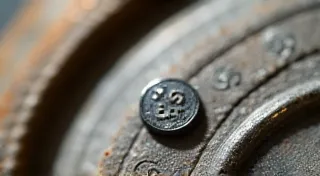From Sundials to Timepieces: The Pre-Pocket Watch History of Timekeeping
The pocket watch, a cherished symbol of elegance and engineering ingenuity, didn’t simply appear. It’s the culmination of centuries of human endeavor to measure and understand time. To truly appreciate the pocket watch, we need to journey back and explore the technologies that preceded it, charting the fascinating evolution of timekeeping.
The Dawn of Measurement: Early Methods
For millennia, humans relied on natural phenomena to mark the passage of time. The rising and setting of the sun, the phases of the moon, and the changing seasons all provided a rudimentary sense of time’s flow. However, these natural cues were inconsistent and insufficient for more precise measurement.
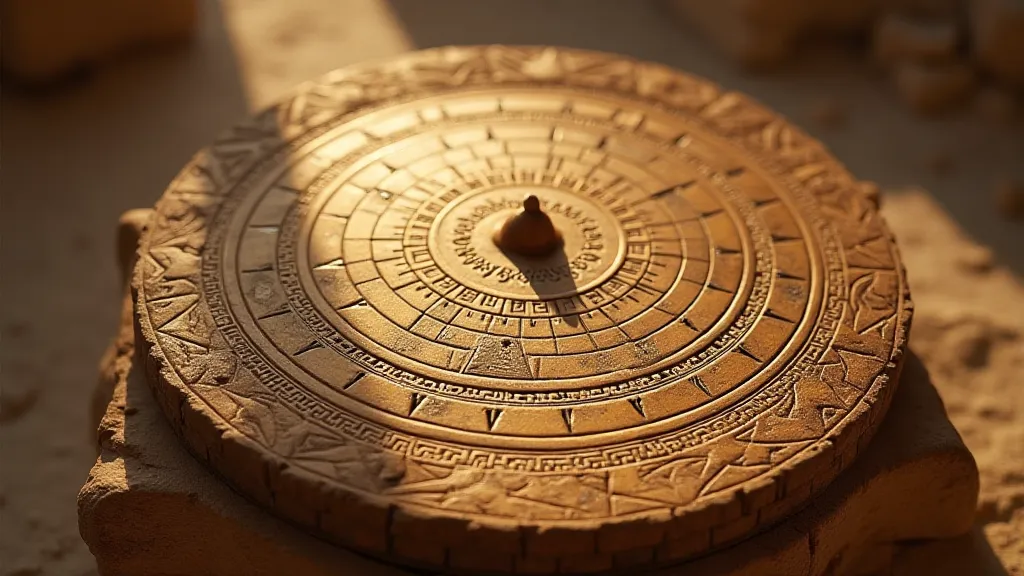
The Rise of Mechanical Devices
The first real advancements began with the development of sundials. Appearing in ancient civilizations like Egypt and Mesopotamia, sundials used the shadow cast by a gnomon (a rod or plate) to indicate the hour. While useful, sundials were inherently limited by weather and the need for sunlight. Water clocks, or clepsydras, offered a solution for measuring time indoors, using the steady flow of water to mark the passage of hours. However, these were also prone to inaccuracies due to temperature fluctuations and variations in water flow.
The Innovation of Hourglasses
Another early innovation was the hourglass, utilizing the consistent flow of sand through a narrow opening. Hourglasses offered a portable and relatively accurate way to measure time intervals, becoming particularly popular on ships for navigation and meal timing. They didn't provide the exact hour of the day, but they did offer a way to measure specific durations.
The Mechanical Clock: A Revolutionary Leap
The most significant precursor to the pocket watch was the mechanical clock. These large, tower clocks began to appear in Europe during the 13th and 14th centuries. Driven by weights and regulated by an escapement mechanism – a crucial innovation – they marked the hours with bells or other striking devices. These monumental timepieces, typically found in town squares and cathedrals, were a testament to the ingenuity of medieval engineers. The escapement, using a system of gears and levers, controlled the release of the power source (weights) at regular intervals, allowing for more consistent timekeeping than previous methods.
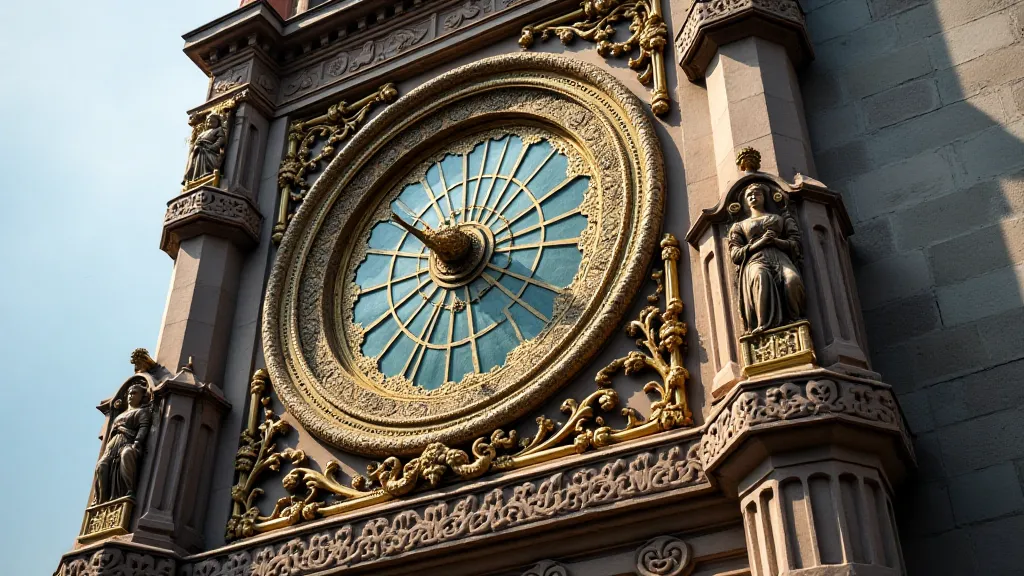
From Tower to Portable: The Seeds of the Pocket Watch
The desire for personal timekeeping led to attempts at miniaturizing the clock. Early portable clocks, often referred to as "clock watches," were essentially small versions of the tower clocks, cumbersome and heavy, but representing a significant step toward the pocket watch. These first portable clocks were expensive and largely confined to the wealthy. The transition from large, stationary clocks to smaller, wearable timepieces required decades of refinement in metallurgy, gear-making, and spring technology.
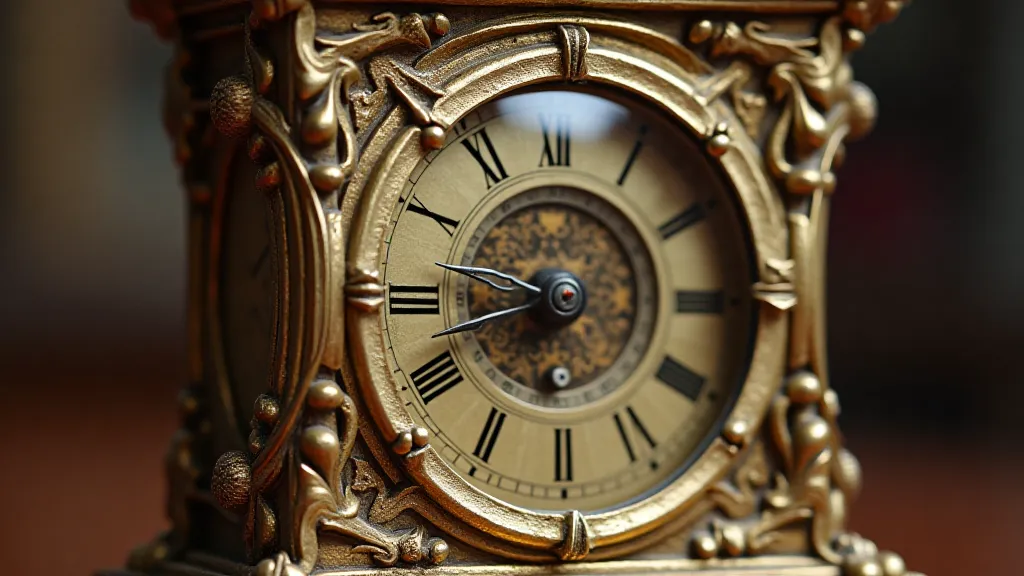
The Path to the Pocket Watch
The evolution from these early devices to the elegant pocket watches we know today was a gradual process, marked by ongoing improvements in design and engineering. The invention of the mainspring, which allowed for a compact power source, was a crucial breakthrough. As techniques improved, clocks became smaller, lighter and more accurate paving the way for the pocket watch to emerge in the 16th century. The legacy of these early devices – sundials, water clocks, hourglasses, and mechanical clocks – forms the bedrock of the history and appreciation for the pocket watches.
